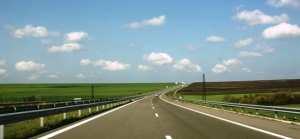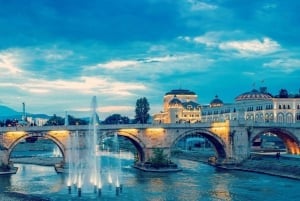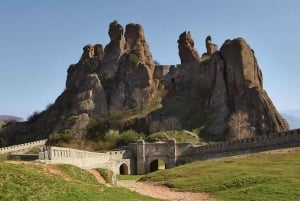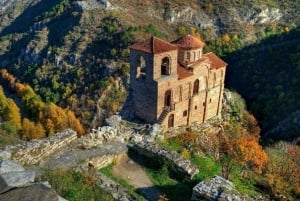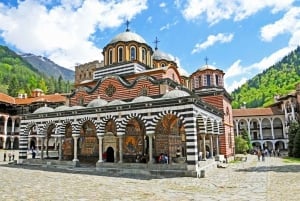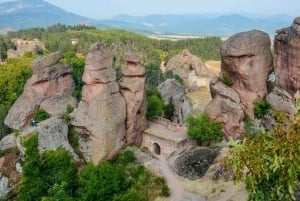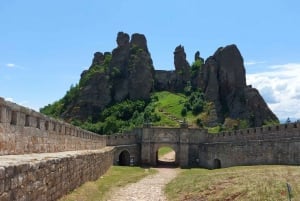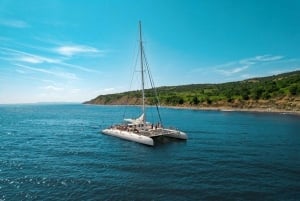Driving in Bulgaria
There is nothing too special about travelling by car in Bulgaria. You just have to go about the usual driving-related routines, be careful and obey the traffic regulations. If you are not sure what we mean by all that, let us specify:
First of all, always carry an ID, a valid driving licence and the registration papers of the car, including a valid liability insurance policy. It comes with a standard sticker which is placed in the left bottom corner of the windshield.
If you want to drive around the country, you will also need to get a valid vignette sticker. It is placed in the right bottom corner of the windshield. You can buy one from virtually every petrol station in the country. Mind you, you only need a vignette sticker if you plan on leaving the city or town where the car is registered.
Don’t forget that talking on the phone while driving is strictly forbidden and that every passenger in the car must be with their seatbelts on at all times. Also remember that drink-driving is a criminal offence.
Always drive on the right side of the road and with your lights on, regardless of whether it is daytime or nighttime. Pay attention to the road signs, especially the speed limit ones.
Speeding can get you into serious trouble so make sure you avoid going over 50 km/h in cities, towns and villages, 90km/h on intercity roads and 140km/h on motorways.
In case of emergency or accident call 112.
And last but certainly not the least, always plan your trip in advance. Driving in Bulgaria can be real hell if you don’t know where exactly you are going: road signs can sometimes be misleading, out of date or in Bulgarian only and the locals may not be able to give you proper directions. That is why, you must always bring an up-to-date paper map of the country with you. GPS devices can come in handy, too.
At present the total length of the motorways in Bulgaria is about 620 km. Four out of the six motorways on the territory of Bulgaria are currently under construction. Lyulin, which is 19 km long and connects Sofia, the capital city, with the town of Pernik, is one of the two fully operational ones. The other one - Trakia Motorway - is by far the busiest and most important road in the country. It is 360 km long and runs from Sofia to Burgas, the second largest city on the Black Sea Coast. Thanks to this motorway, people can now reach the beautiful Bulgarian shore in no more than three hours. Hemus Motorway - from Sofia to Varna – is also worth mentioning here. It facilitates the traffic between the Bulgarian capital and the northern parts of the Black Sea Coast and is expected to be fully completed by 2018.
Petrol Stations:
There are hundreds of 24/7 petrol stations scattered all over the country. Our personal advice to you is to always stick to the major chains such as OMV, Shell, Lukoil and Eko. The average price you will have to pay for a litre of petrol ranges from BGN 2.50 to BGN 3 (EUR 1 – EUR 1.50).
Parking:
This can be a problem, especially in the central areas of the major
cities. There aren’t enough paid parking lots and garages and the so-called blue and green parking zones are always full of vehicles. If you do happen to find an empty parking space in these areas, however, make sure you pay for your stay straight away (the rhyme was totally unintended, seriously). You can do this by either sending a text message (for Sofia #1302 for blue zone and #1303 for green zone) or filling up a ticket sold by the employees of the company that is in charge of the respective parking area. The charges in Sofia are BGN 2 for one hour for the blue zone and BGN 1 for the green zone with a maximum four-hour stay. If you fail to pay this fee, your car will be clamped or towed away. The good news is that the parking in Sofia is free each Sunday and during national holidays.


